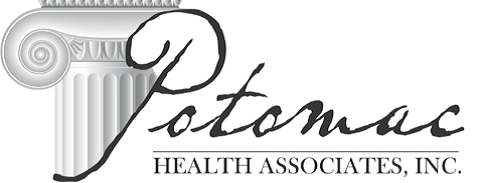Preparing proposals for government solicitations is both art and science. The key is to know which is which. As we have said before, there is the way the process is supposed to take place…and the way it actually takes place.
Proposal Preparation
Most government contracting specialists tell you that if you only hear about an opportunity when it is first released, you’re already too late. While that’s probably true with most large procurement, many opportunities, particularly smaller ones, are released without any advance notice. That doesn’t mean you can’t, or shouldn’t still be prepared. PHA will help you understand what steps you can take to gather intel so you will be prepared.

System for Award Management (SAM)
The System for Award Management (SA) is one of the most important databases to become familiar with, as most federal opportunities are posted to this website. Since time is of the essence in federal contracting, will help you understand how bids, solicitations or Requests for Proposal (RFPs) are announced, released and updated through this system.

Release of Solicitation/Request for Proposal (RFP)
When an RFP is officially released, the clock starts running and the time for preparation is limited. Depending on the nature of the agency’s requirements, responses can range from relatively short and straightforward bids, to highly complex, multi-volume proposals consisting of hundreds, or even thousands of pages. Deciphering a solicitation can be a daunting task to the uninitiated; PHA staff can help you “translate” the alphabet soup of federal acronyms and documents into understandable language and eliminate 95% of the jargon.
Proposal Strategy
Responses to solicitations that call for a technical proposal in narrative form require developing a proposal strategy, or theme that differentiates your solution from the competition, and is designed to set you apart in some unique and significant way. Many contractors start out with the same goal, but you’d be surprised at how many proposals that claim to have “truly unique” and “one-of-a-kind” features really don’t. Developing truly unique and differentiating elements of a proposal can be very persuasive and powerful selling points when they correspond to evaluation factors and subfactors.
Preparation and Submission
Document preparation is often done by a proposal team. Sometimes they are comprised of subject-matter experts and writers entirely from the bidder; sometimes they are done in conjunction with external consultants specializing in government contracting. There’s no standard, or perfect way to prepare a proposal. Depending on the complexity of the proposal, preparation is often best coordinated through the use of project management software. Among the most important elements of proposal preparation and submission include: 1) the price schedule; 2) the Statement of Work or Performance Work Statement; 3) instructions; and 4) evaluation factors or criteria.
Upon submission, proposals are generally reviewed by a team of evaluators who are expected to apply evaluation criteria in the solicitation uniformly across all bidders. Once submitted, an award may be made without any further interaction or contact with government buyers.
Negotiation
Frequently there may also be one or more rounds of negotiations to clarify areas of ambiguity, or discussions, where government buyers point to deficiencies or areas of weakness that the bidder must address
Award
Once awarded, unsuccessful bidders may challenge the decision, so the first task for the successful awardee may be to help defend the award. Assuming the award goes unchallenged or the challenge is unsuccessful, the contractor will then begin performance. PHA helps in either case, by advising the client about the steps it must take to defend the award, or the steps to challenge it, as appropriate.
Reach Out To PHA
For more information about our strategy proposal services or to begin your partnership with PHA, contact us today by phone (703) 851-1780 or schedule a consultation with our team.
